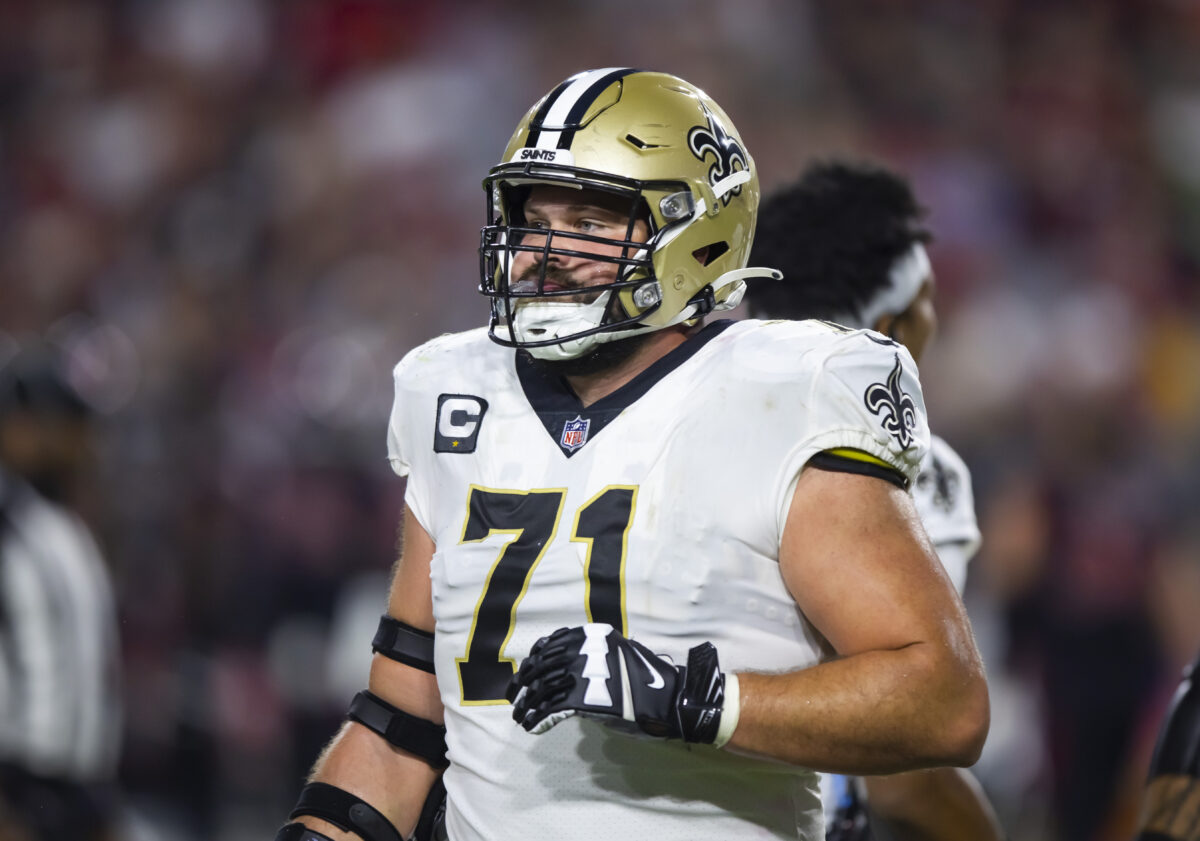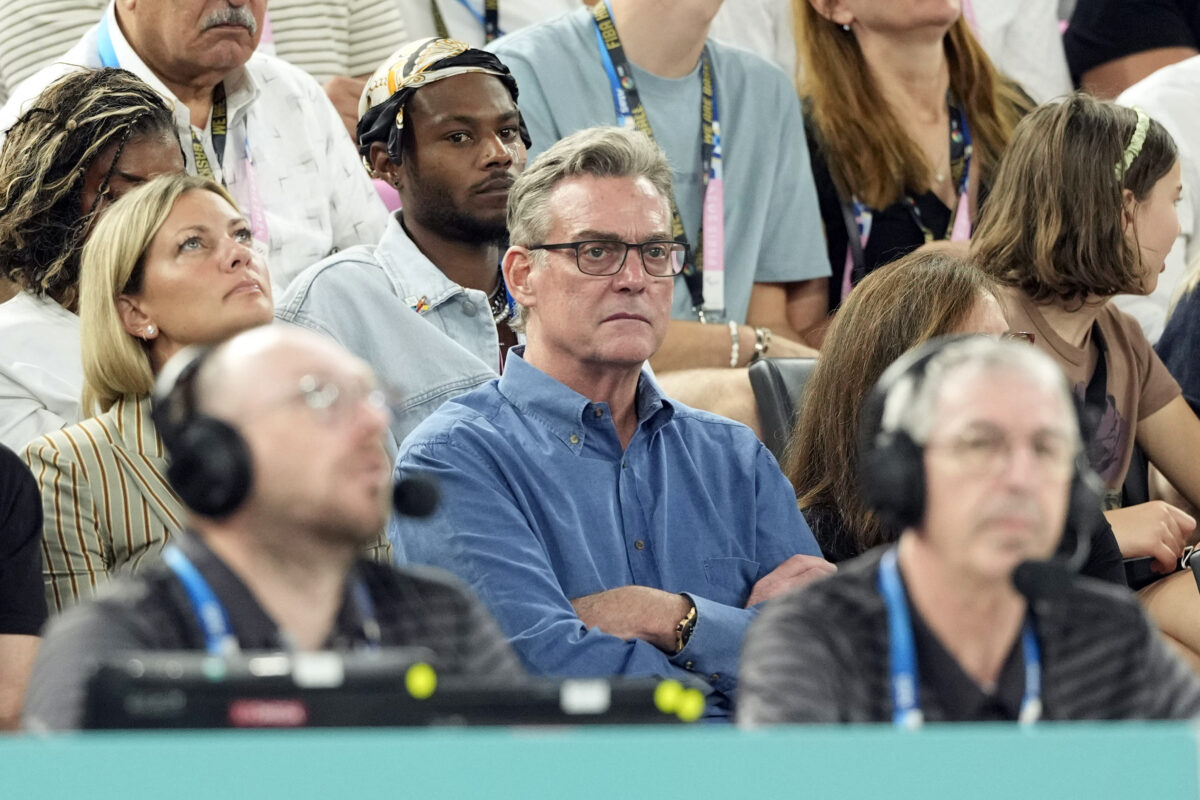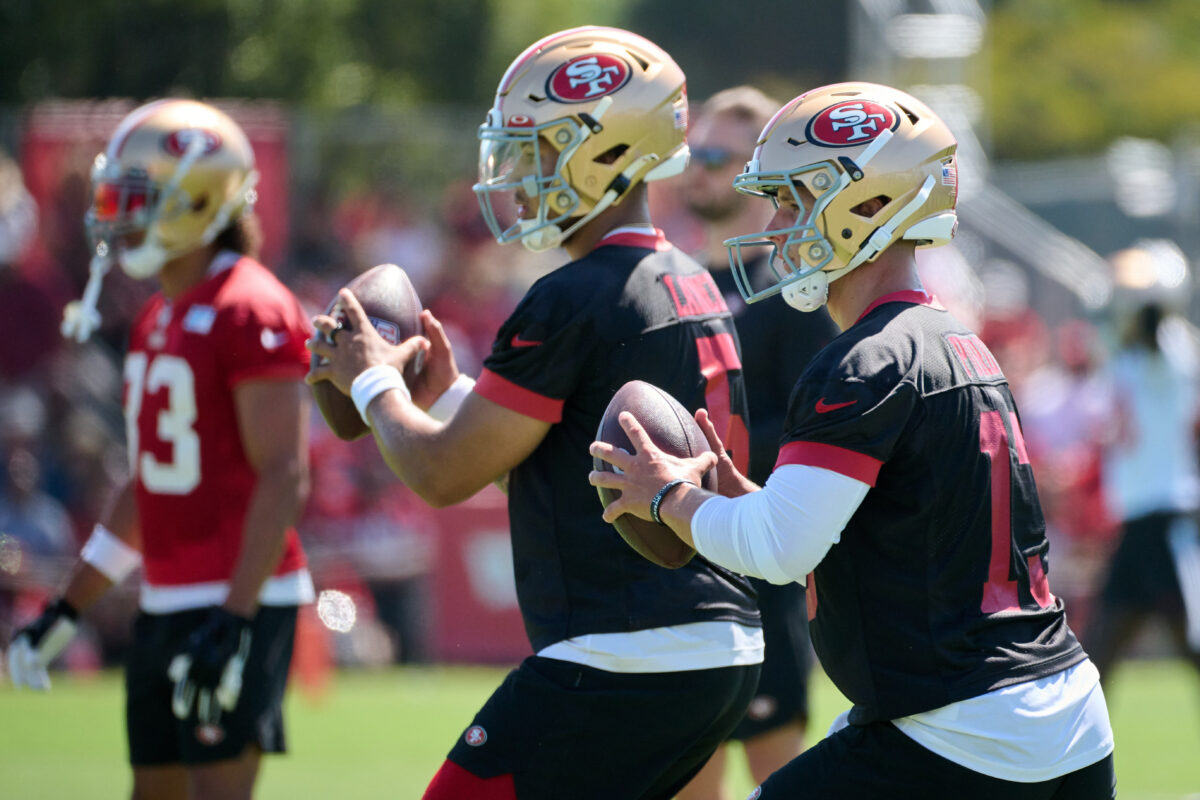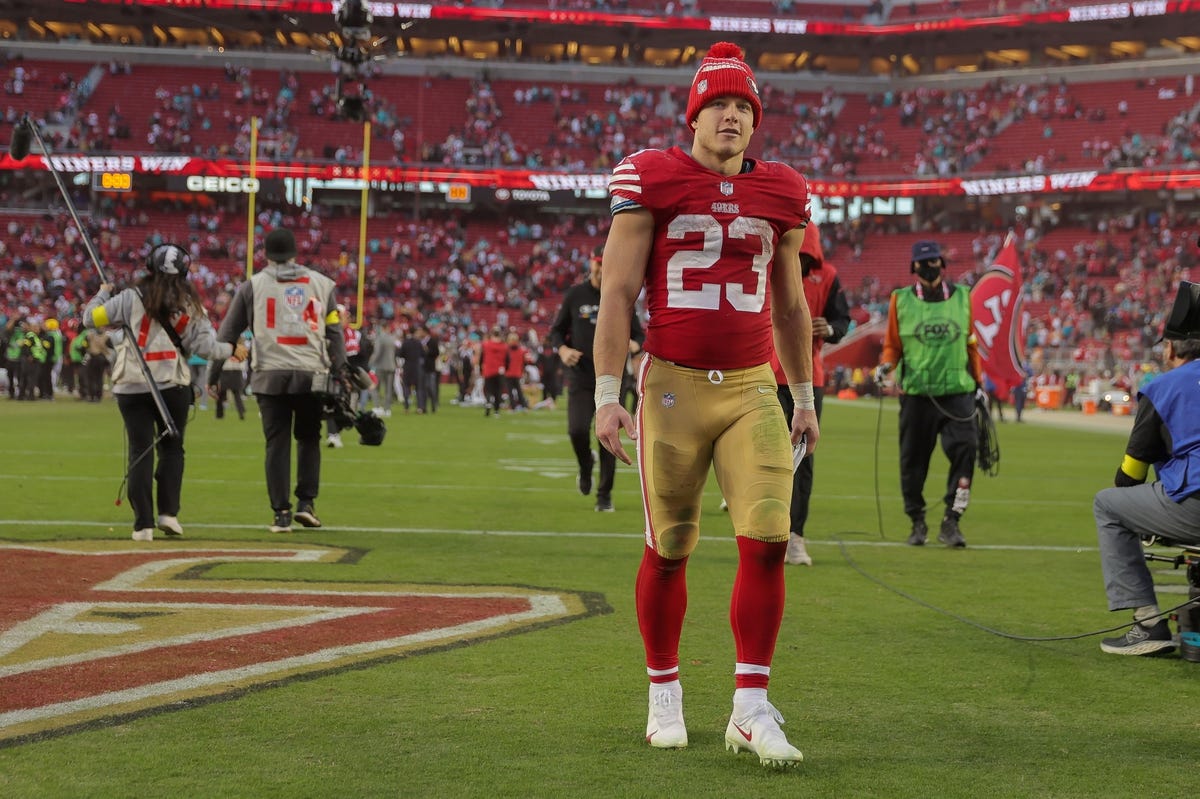Pro Football Focus has New Orleans Saints in the worst position to be in as we get closer to the talent acquisition portion of the offseason. The Saints are a bad team without a lot of assets to change this reality. That means they’re short on draft picks and salary cap resources.
PFF ranked New Orleans as having the third-worst assets this offseason. Most teams at the bottom of the asset rankings are playoff teams. The Seahawks, who rank at the bottom, were a tiebreaker away from winning the NFC West. Then you have the Saints and Atlanta Falcons at 30 and 31st.
These rankings were determined by three categories: effective cap space, restructure potential and draft capital. The problem for the Saints is they’re the only team without any effective cap space after pushing so much money from past deals into this fiscal year.
New Orleans does have a good amount of restructure potential, as always, but most of the restructuring will be to get under the salary cap. It doesn’t mean they won’t sign anyone in free agency. New Orleans signed Chase Young last year after starting in a similar situation. However, the restructuring won’t give the Saints much to play with this offseason.
Building the roster will come through the draft for New Orleans in 2025. PFF’s rankings is a great depiction of that. Having one of the lowest sets of assets shouldn’t be too startling for New Orleans. This was expected to be a job that required a multi-year renovation.
[lawrence-auto-related count=5]







